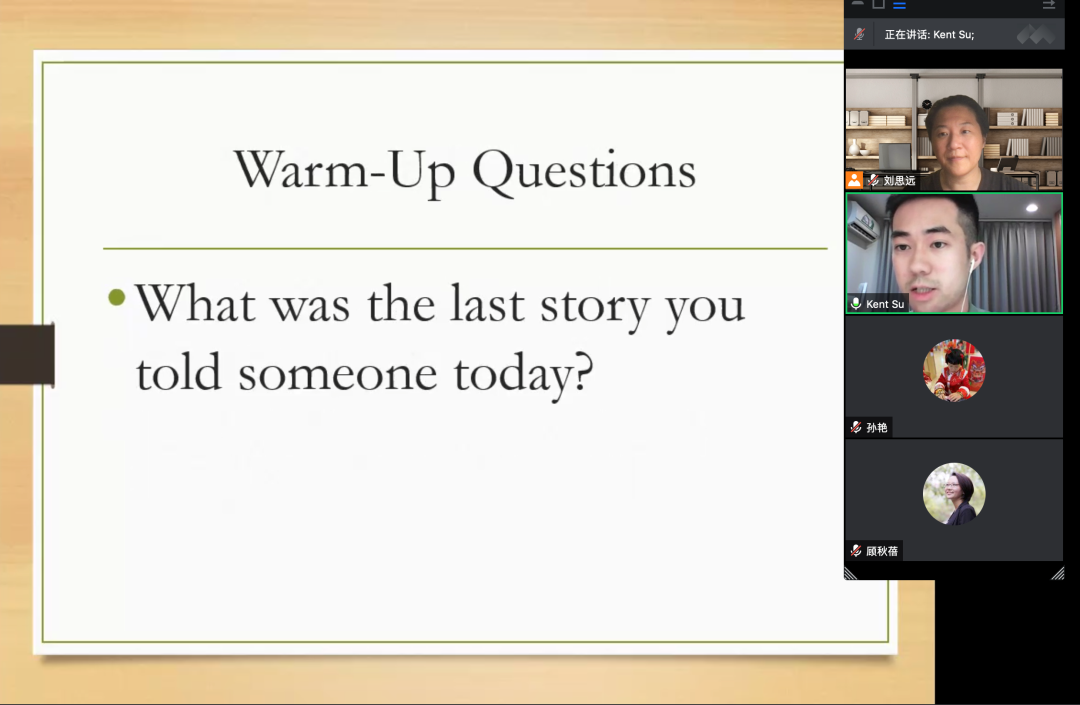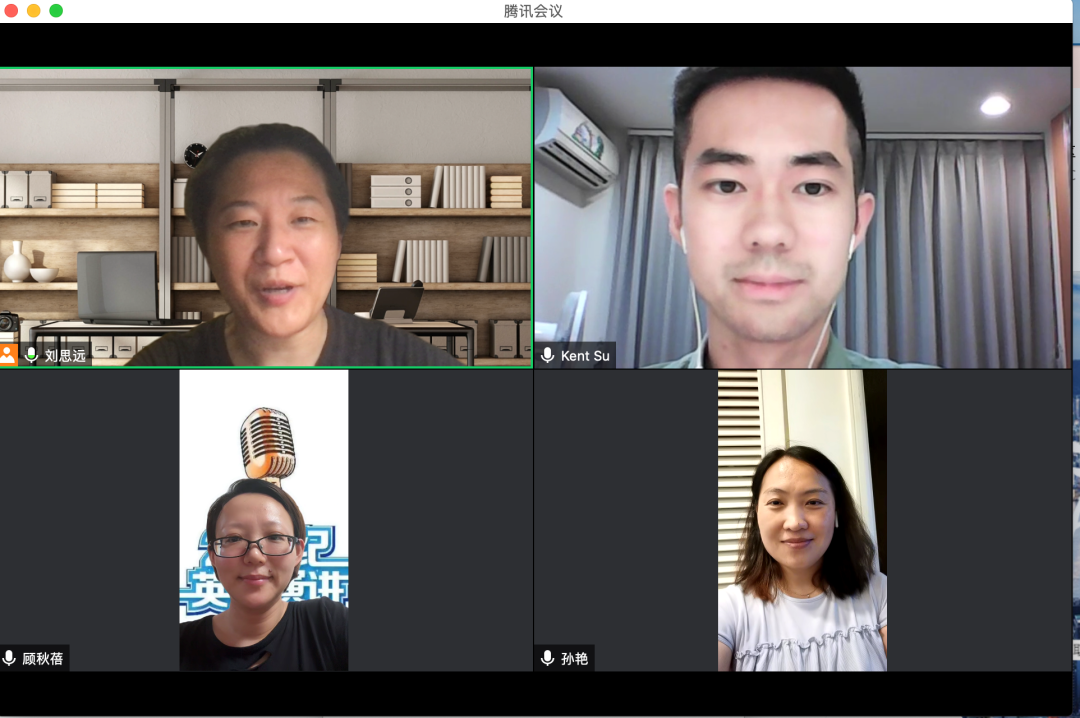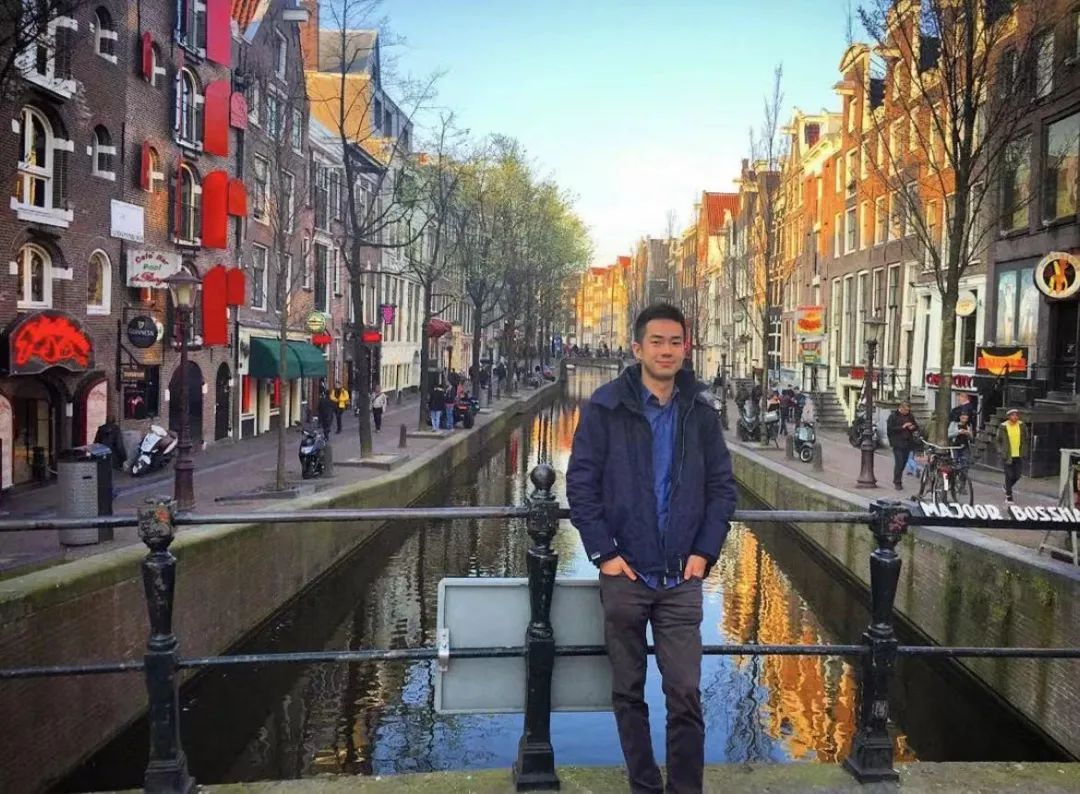上外英语学院言语交际与演讲基础教研室成立于2018年,目前由顾秋蓓、孙艳、苏以宽和刘思远四位老师组成。四位老师学术背景多元,教学经验丰富。在接下来的一年中,教研室将举办四场关于“课堂教学设计与实施”研讨活动,努力推动以研促教。
6月28日教研室举行了“课堂教学设计与实施”第二次研讨活动。苏以宽老师以“故事的力量”为题介绍了如何通过学习讲故事培养学生公共演讲能力。

首先苏老师提出讲故事是日常交流中最常见的表达模式。例如打电话和家人聊天时、在走廊里和邻居闲谈或讨论国际局势时,讲故事是各个年龄段群体都会用到的交流策略。这是因为故事往往可以让听众有身入其境的感觉,并迅速激起听众的共鸣与回应。
接着苏老师介绍了讲故事的各种方法,并着重展示了“故事山丘曲线”和“英雄的历程”两种方法。“故事山丘曲线”法把故事叙述结构分为引起兴趣、采取行动、高潮和结尾四个部分。虽然这是较传统的故事叙述结构,但演讲者通过开篇对故事背景和人物的细致描述,能奠定故事基调、制造悬念,让听众快速在脑海中绘制出故事场景。“英雄的历程”是约瑟夫•坎普贝尔 (Joseph Campbell)提出的概念,指演讲者描述改变其人生的经历。在讲述中,演讲者将成为其故事中的英雄,当听众对演讲者的经历感同身受时,也更容易接受其提出的观点。苏老师认为这两类是演讲初学者比较容易掌握的讲故事方法。
苏老师接着用斯蒂夫•乔布斯(Steve Jobs)在斯坦福大学毕业典礼上演讲为例展示了讲故事是公共演讲的重要策略。乔布斯通过三个故事介绍了自己的家庭背景和成长经历,这为他提出自己的观点和展开修辞论证做了铺垫。这三个故事涉及的话题包括爱、失败、发现、死亡和逆境中面对生活的勇气。乔布斯的这些故事生动地展现了他的人生态度,即就算热爱的事业遇到意想不到的困难,他依旧坚持追求梦想。

苏老师分享之后,顾秋蓓、孙艳和刘思远三位老师分别就如何借鉴文学中的叙述策略培养学生在公共演讲中讲故事的能力、如何鼓励学生熟悉并掌握非语言交际策略让故事内容更为生动等方面展开了讨论。顾秋蓓老师还介绍了“演讲大咖”冠军赛(Toastmasters champions)中各种讲故事的策略。刘思远老师介绍了如何通过故事的互动性特征避免学生在演讲时死记硬背。本次教研活动让各位老师受益颇丰。

苏以宽 (Kent Su) 老师是伦敦大学学院文学博士,上海外国语大学英语学院讲师,上海市“晨光计划”学者。苏老师主要研究领域为二十世纪英美现代诗、视觉诗、比较文学、西方美术史、电影赏析以及生态文学等。主讲本科课程《英国文学史》《言语交际与演讲基础》《英语口语》;研究生课程《美国现代诗歌》。
Public Speaking Teaching Discussion and Summary
On June 28th, the four instructors for the school’s public speaking courses convened once again to carry out the second session on the pedagogical methods.
Kent Su gave a lecture on the power of storytelling in effective speeches. Stories weave through our daily communications seamlessly. For instance, we talk to our family on the phone, gossip with our neighbours or even discuss world affairs in the hallway. Stories transcend generations and are crucial components in public speaking because they add a sense of emotional vitality and universality that could directly resonate with the audience members.
There are many ways to tell a story. However, due to the time constraints, Kent Su was able to show only two such methods. First, the story mountain trope follows the traditional narrative framework (hook, rising action, climax, falling action, and conclusion). It is an excellent strategy to establish the descriptions of the setting and character with a gradual change in tone and mood to create a sense of suspense. This is particularly useful to help the audience members visualize the scenes by painting a vivid mental picture. In addition, the second method involves Joseph Campbell’s “Hero’s Journey” which asks the speakers to explain their transformative experiences to the audience members. Every speaker is a hero in his or her own life and presenting their stories in such a way would allow the listeners to immerse in the journey together. The two methods are great storytelling devices for novice speakers.
Finally, Kent Su used the example of Steve Jobs’ famous commencement speech delivered at Stanford University to demonstrate how storytelling could be incorporated into public speaking. Steve Jobs uses his background and upbringing to play upon his rhetorical approach. During his speech to the new graduates, he tells three life stories of love, loss, discovery, death, and adversity to encourage them as they continue in their lives. His stories encourage them to pursue their dreams, and do what makes them happy, even if what makes them happy does not always go according to plan.
Kent Su’s lecture was warmly received by Drs Liu, Gu and Sun. Dr Liu brought up the significance of transferring literary ideas of narratives into public speaking and encouraging students to freely adapt their non-verbal cues to convey the stories more prominently. Dr Gu provided examples from Toastmasters champions that employed similar storytelling methods. Dr Liu emphasised the conversational nature of stories that could happen with sufficient preparation instead of rote memorisation. The discussion between the four instructors was lively and animated.
我要评论 (网友评论仅供其表达个人看法,并不表明本站同意其观点或证实其描述)
全部评论 ( 条)